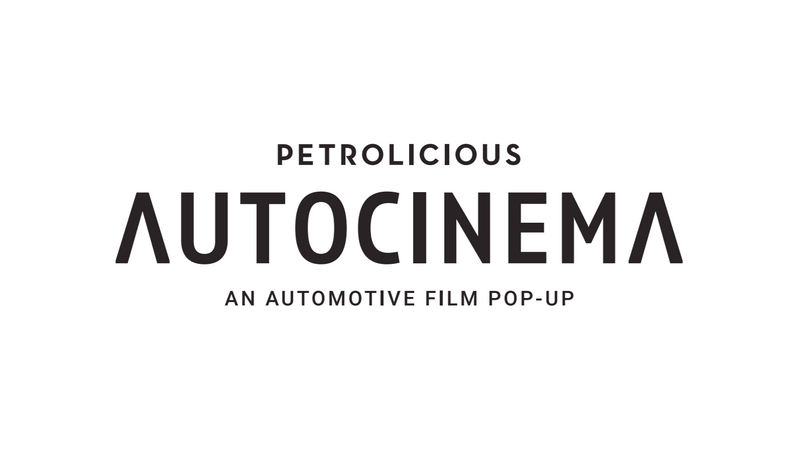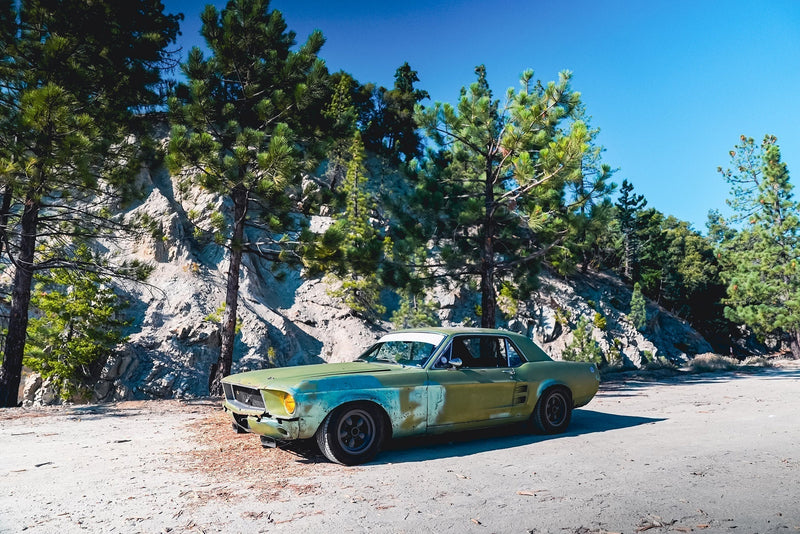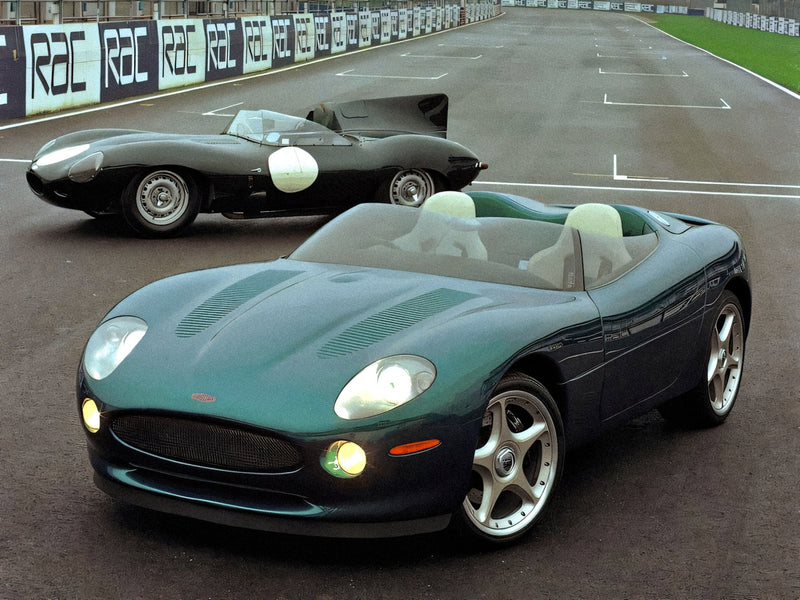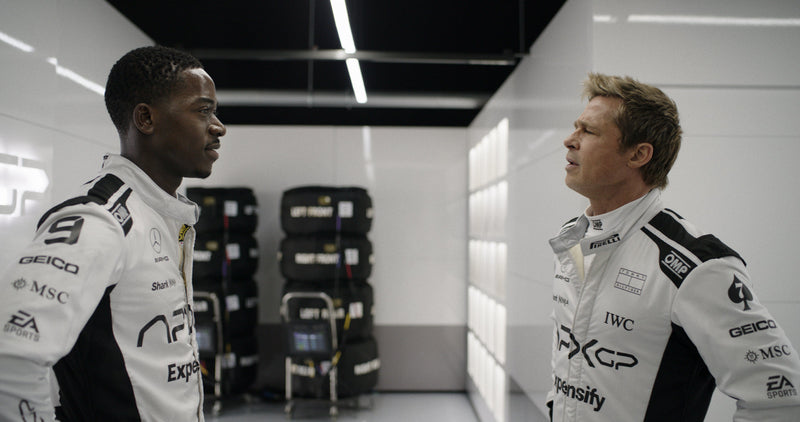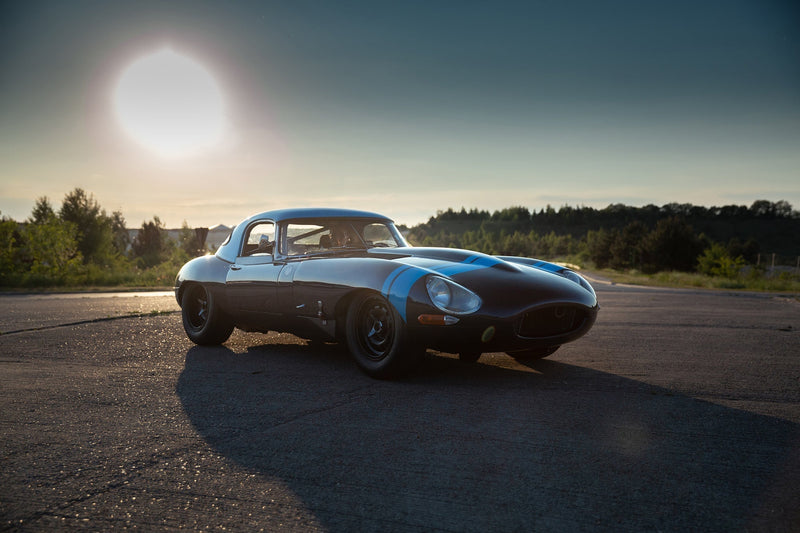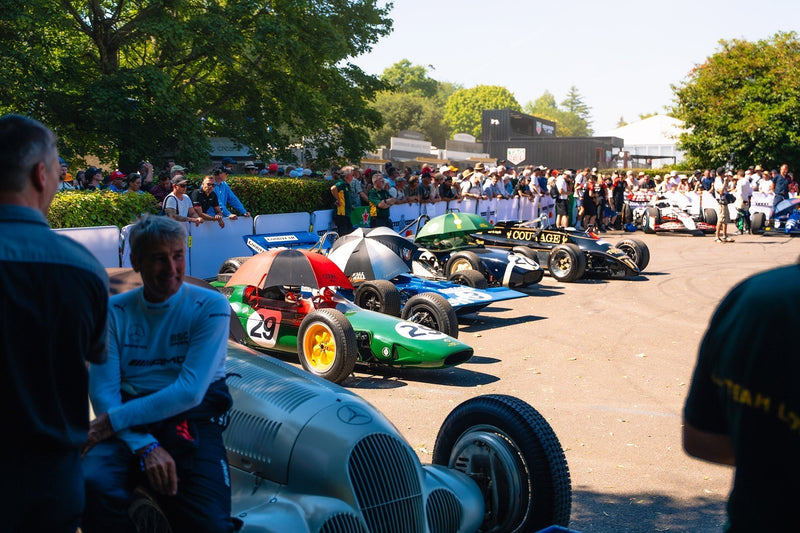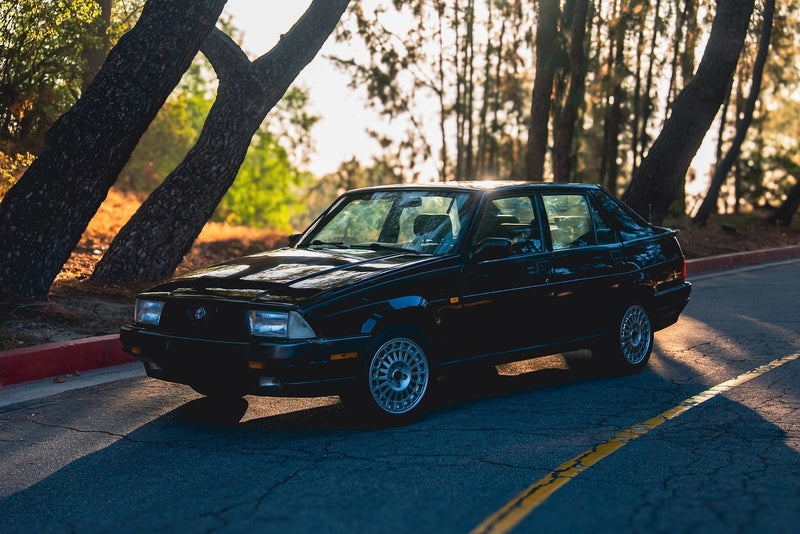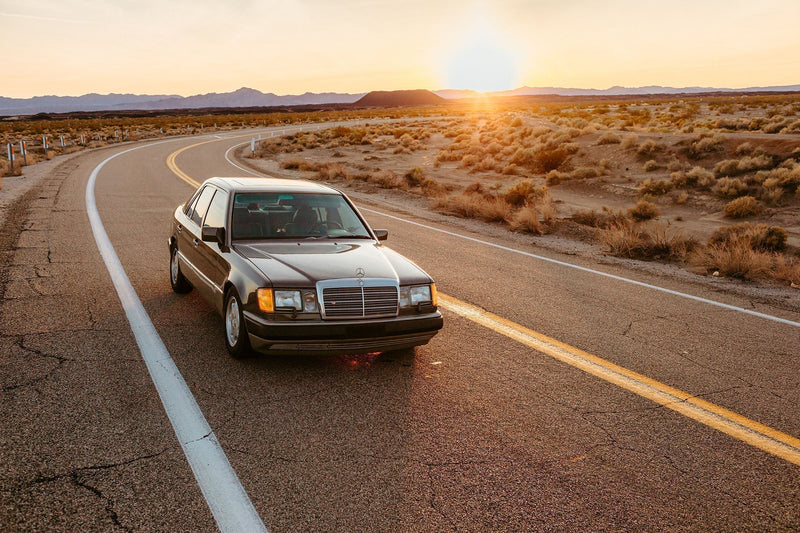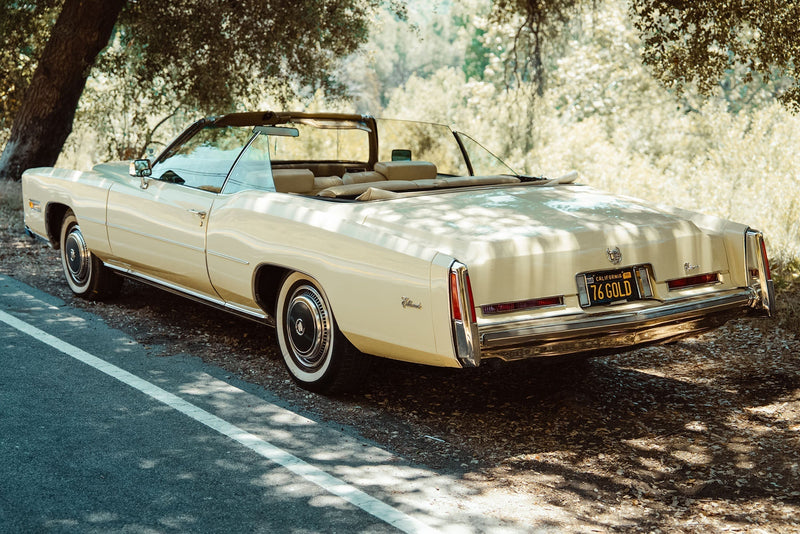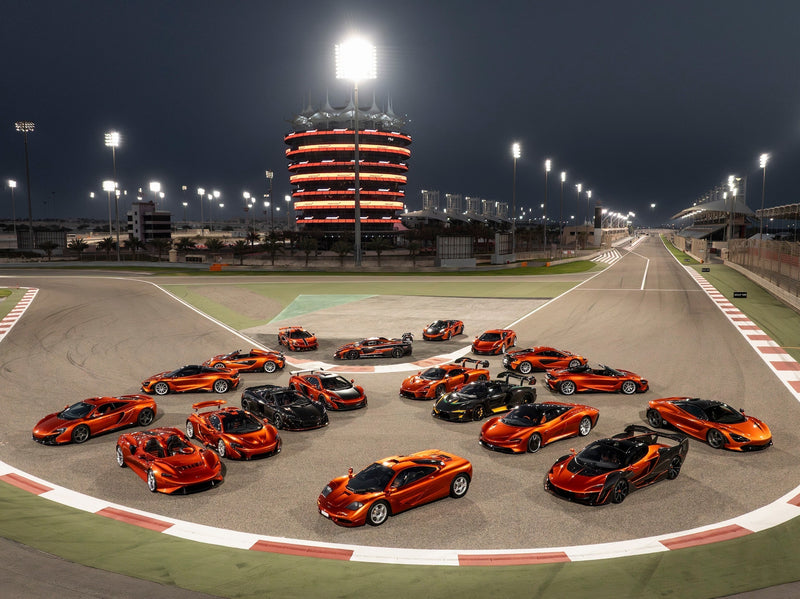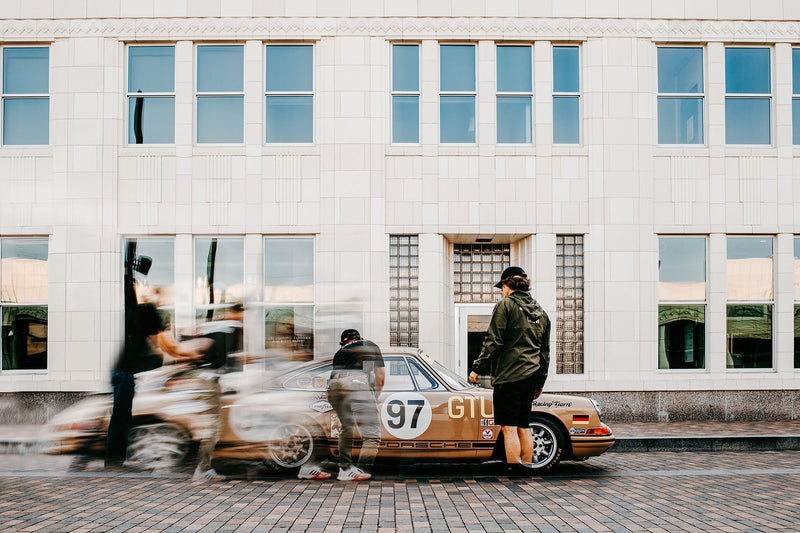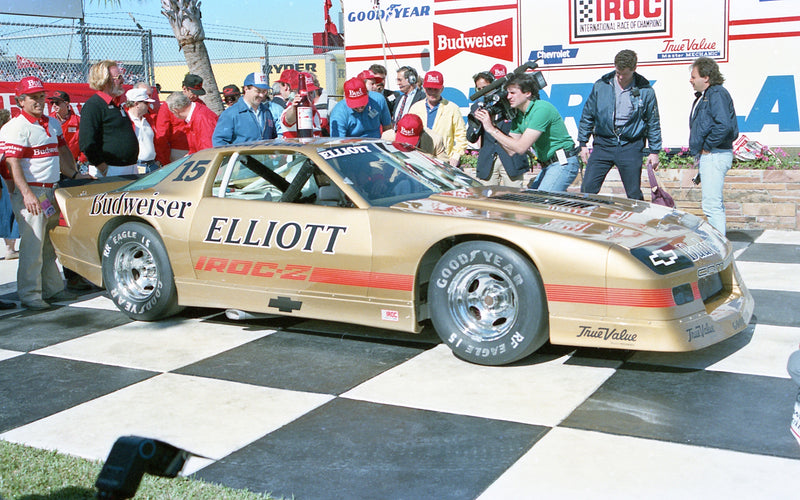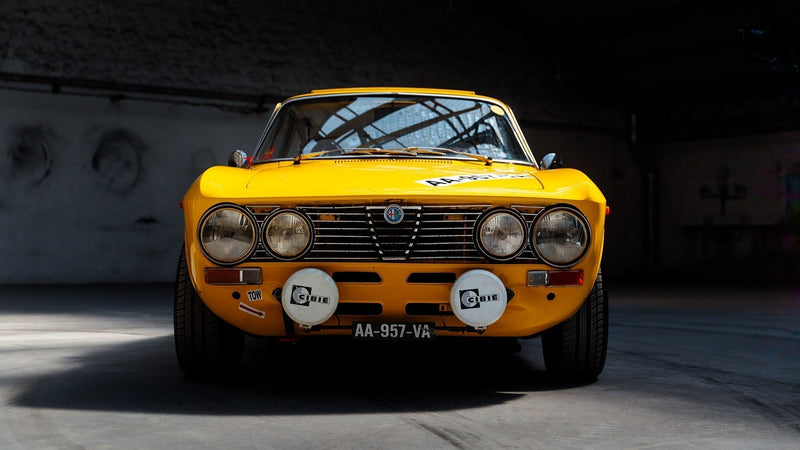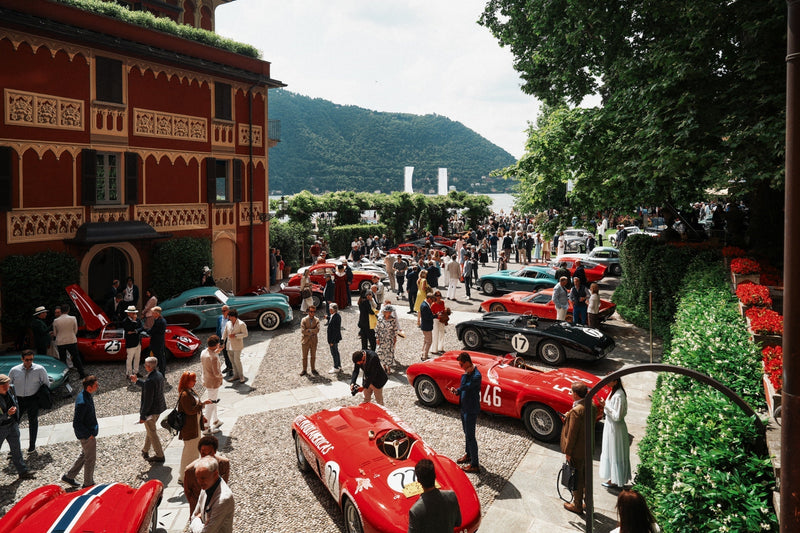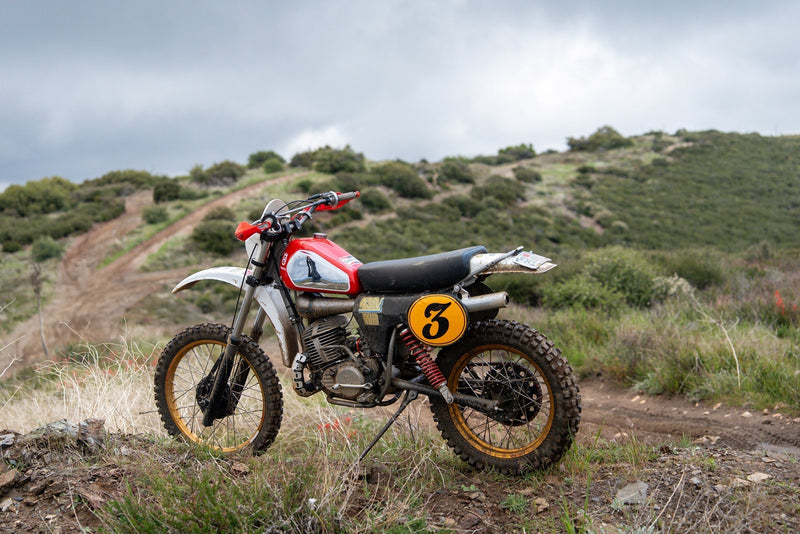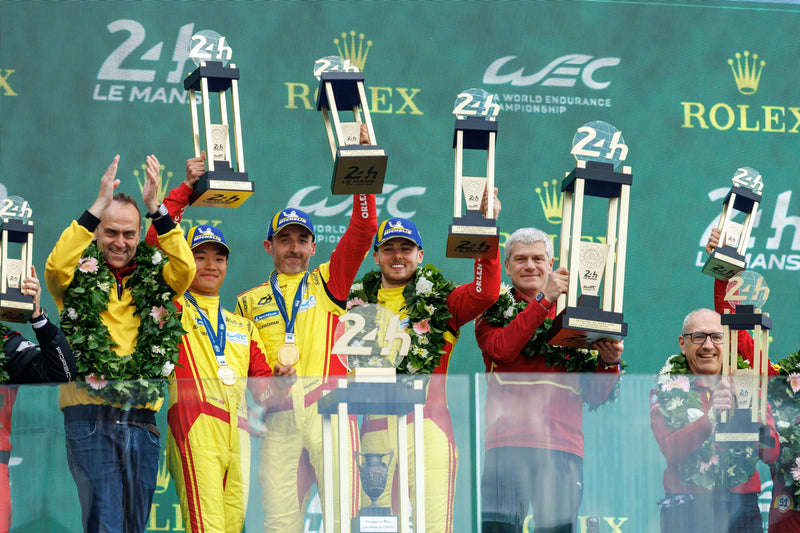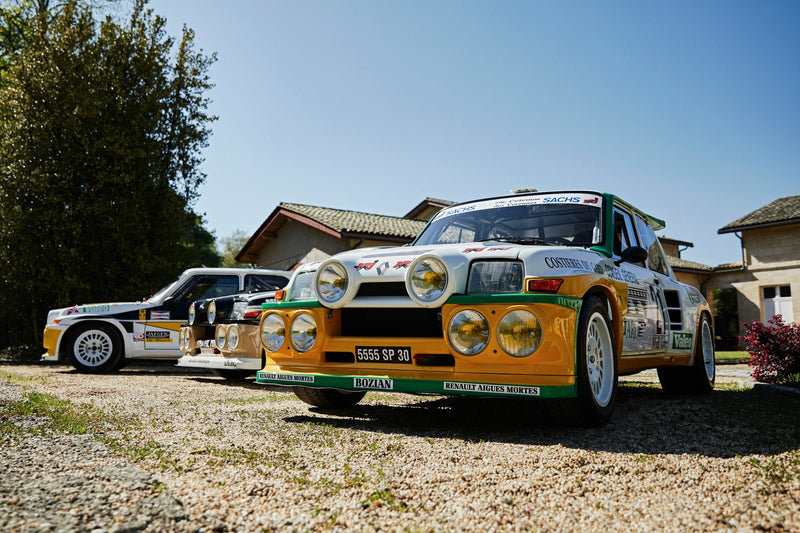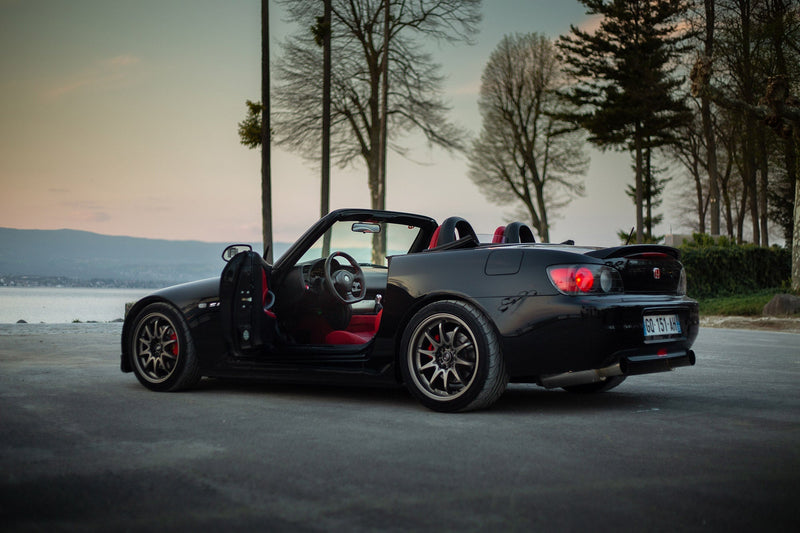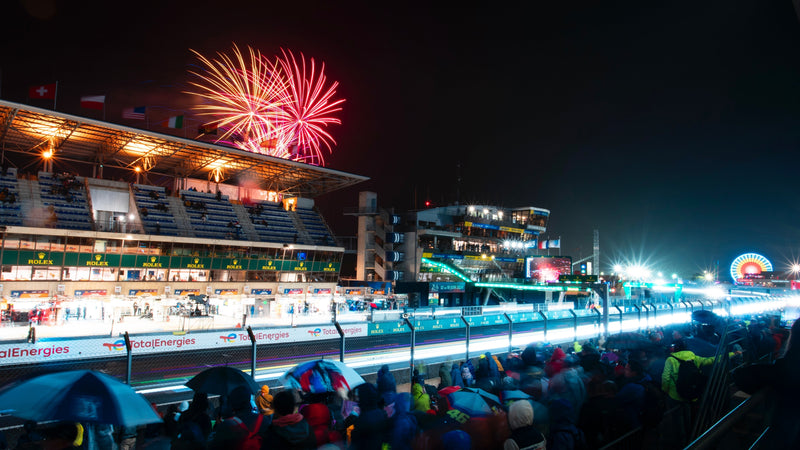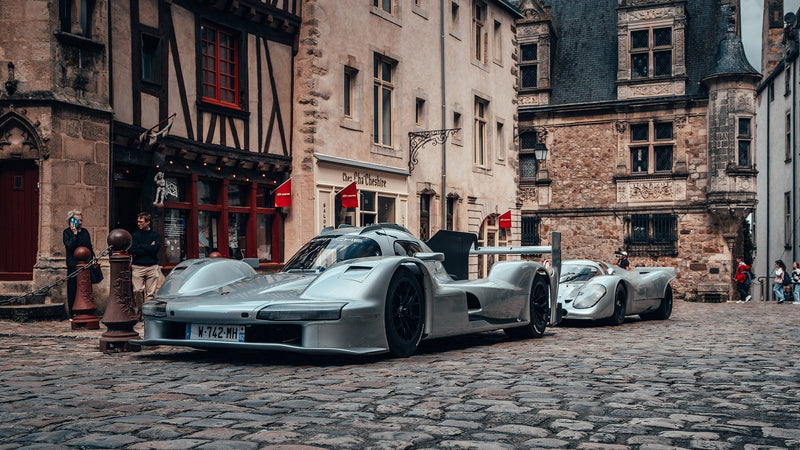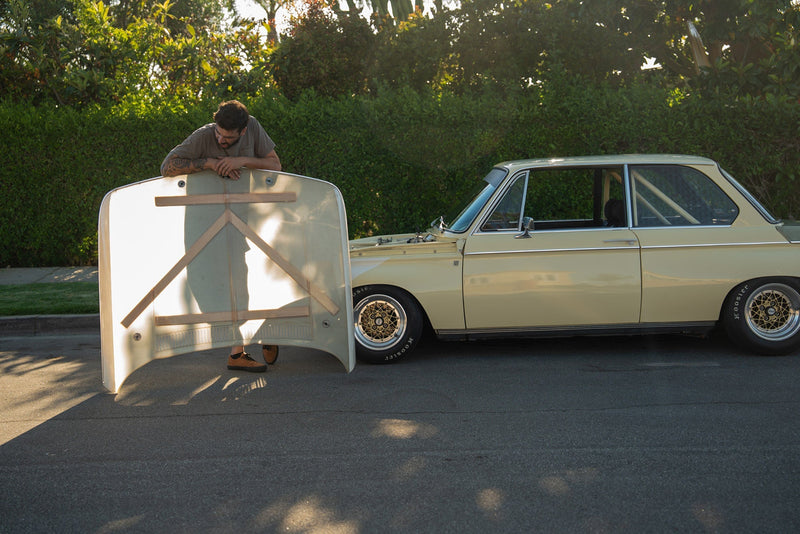Most car enthusiasts with a pulse and a handful of creative brain cells have dreamed of building and designing a special automobile, but typically our machinations only reach the sketchbook phase—if they manifest at all. For some, though, the ones who can align good fortune with a good idea and possess the determination to carry out the less-sexy parts of the process, the dream of seeing one’s family name on the back of a truly super car comes true.
A few decades ago, who would had guessed that a kid from Casilda—a small city in Argentina—was about to become one of the rare individuals who challenge the status quo of the supercar industry. Horacio Pagani realized his ambitious dream of building his own supercar, and in March of 1999 he formally presented it to the world at the Geneva Motor Show.




To many, to me, the Zonda seems like it was unveiled yesterday. It holds its own among the latest ranks of exotic autos with three times the horsepower of respectable sports cars, and yet it is now two decades old. To give the car some context, auto mags at the beginning of the 21st century featured cars like the Ferrari 360 Modena. Line that up side by side with a Zonda to see just how radical the first Pagani was, and still is.
All-aluminum lightweight construction was very much “in” back then, but Pagani went further, using an extensive amount of carbon fiber to construct his first car, the Zonda C12. That was rare but not utterly groundbreaking. What really sets Pagani’s cars apart is the marriage of the high-tech, the lightweight, the brutally powerful, with the accoutrements and styling of a fashion house. A car where cutting edge composites and leather luggage straps co-exist rather than conflict.





At this year’s Geneva Motor Show, the company rightfully celebrated its 20th anniversary, and did so by restoring the exact Zonda C12 that was presented at the Motor Show back in 1999. I was in attendance at the 2019 edition to see this C12—having been quite the youth when it was first shown, I was not able to see it originally—and amongst the new supercars and all the other attention-sapping displays, the Zonda still commanded a strong presence—a restoration yes, a relic no.
It was the first time I’d seen it in person since it emerged from the “Pagani Rinascimento” program, and as they say, ask and ye shall receive: I asked, and was given the opportunity to talk with the Pagani team and visit the restored C12 at the company headquarters for a more intimate look than is afforded by the throngs of journalists and iPad photographers at a place like Geneva.
So off I went to the supercar valley in Modena. More specifically to San Cesario sul Panaro, where the Pagani factory and museum is located. They kindly gave me an inside look at the factory, but I was here especially for Zonda C12 chassis 001.











The car was and still is an immensely impressive piece of functional art, and though the new Huayras and the like have turned the dials even further clockwise, the Zonda is still an intense object. The attention to detail is barely rivaled by today’s supercar output, and even the oft-hidden bits like the bolts and and bodywork underneath the visible outer shell are finished to the nines. The welds and stitching are both, as you’d say, textbook.
Although it cannot hope to keep up with the younger set of supercars in terms of performance, the specs are very impressive for the era the Zonda was born into and helped to define. It uses a AMG-sourced 6.0L V12 capable of 394hp, and with all the comforts and subwoofers and swaths of leather, it weighs just 1250kg, and does the 0-100km/h dash in 4.8 seconds. Best part? Three pedals.




But instead of talking about of the Zonda C12’s performance, I was more curious to hear what made it so successful in a market and a time well before a big bankroll and a list of Suadi clients could conjure a supercar from nothing.
Just spending the time to thoroughly look at the C12, one can uncover some of the history that led to it. Perhaps the first thing you’ll notice is the vast amount of carbon fiber, a material that Horacio Pagani helped pioneer the wider use of on road going cars. He always used composites in his creations, and during his time at Lamborghini he pushed the boundaries of carbon fiber construction and conducted research on a few projects after his involvement with the later years of the Countach, like the Lamborghini Evoluzione, the Diablo, and the L30. He also helped create the specialized department at Lamborghini focused on advancing the material’s use, and eventually founded his own research studio called Modena Design at the beginning of the 1990s.





Pagani consulted and led research on a number of supercars during this period, but after Lamborghini dropped the L30 project—once destined to celebrate the 30 years of Lamborghini—he thought it was about time to create his own vision. In 1993, he decided to go for it.
Horacio designed the first car to wear the name Pagani to reflect what he always believed was the philosophy of Leonardo Da Vinci: that art and science go hand in hand. As such, Horacio stressed that every technical part of what would become the Zonda had to be an exercise in both engineering and aesthetics. He followed an aerodynamic, cab-forward design for the exterior, and you can also see some inspiration from Group C race cars for the bodywork—namely the very low slab-like sides and the comparatively narrow cockpit.





Horacio followed design sketches with a scale-model that was tested in the wind tunnel of his friend and chassis savant Gian Paolo Dallara. The Zonda also had some initial input from mentor and friend Juan Manuel Fangio, the famed Gran Prix champion who was a key figure in Horacio's life. Indeed, when, many years ago, Horacio developed the chassis of a Formula 2 car in Argentina, Fangio and his friend Berta (another motorsport legend from Argentina) were so impressed by his skills that Fangio recommended Horacio to his friends at the big automakers in Europe, and this helped Horacio develop a great relationship with Mercedes-Benz, whose engines powered many of Fangio’s great victories and would power Horacio’s dream of creating the Zonda.
Horacio’s initial plan was to name the car in an homage to Fangio before it became the Zonda, however as Fangio passed away in 1995, the idea was dropped (better to honor the living man than be accused of trying to co-opt his name for your new company) and instead the car was named after the cold, dry winds that come from certain parts of the Andes in South America: Zonda. The “C” designation comes from his wife’s name, Cristina, and the 12 simply reflects the cylinder count.



After the initial presentations to the public and the reviews of specialist magazines that praised the quality of the design and the craftsmanship of its execution, it was time to start the production proper. It’s always a tricky business for a new and very much boutique car maker to pass the required tests for production vehicles, but Horacio and co. jumped through all the hoops and did all the crash-testing and came out on the other end with a company that has been a definitive part of the supercar paradigm since the very first Zonda C12.


The car represents more than just a triumph in the upper echelons of performance vehicles though. To me the magic of Pagani is more generalized, more human than machine. For me and so many other kids in South America (and, surely, around the rest of the globe), the Zonda stands as proof that if you have the talent and the personality to capitalize on it, you can go very, very far in life—and perhaps one day even drive a supercar with your name on it.

































